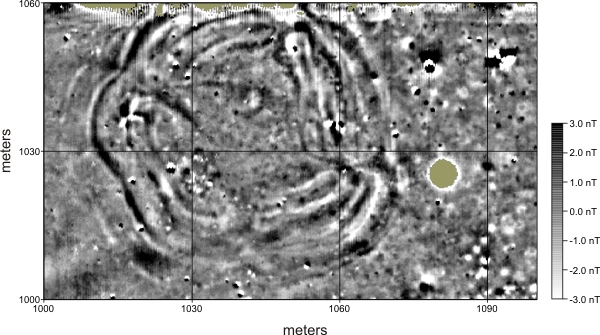Council circle on:
[Wikipedia]
[Google]
[Amazon]
 A council circle is a distinctive feature at the center of some tribal communities in North America. The historical function of the council circles is debated. Some suggest that the talking circles are ceremonial, and others support a hypothesis that they were places for political discussion that suggest aboriginal democracy.
In current use, the council circle is often synonymous with the talking circle, and is a means of group communication that promotes input from all the members. The practice has been adopted by people of many cultures. A talking stick, or other significant or impromptu object, is passed around the circle, and only the circle member holding the stick is allowed to speak, though he or she may allow others to interject.
Talking sticks in the context of the council circle may have been used pre-historically by
A council circle is a distinctive feature at the center of some tribal communities in North America. The historical function of the council circles is debated. Some suggest that the talking circles are ceremonial, and others support a hypothesis that they were places for political discussion that suggest aboriginal democracy.
In current use, the council circle is often synonymous with the talking circle, and is a means of group communication that promotes input from all the members. The practice has been adopted by people of many cultures. A talking stick, or other significant or impromptu object, is passed around the circle, and only the circle member holding the stick is allowed to speak, though he or she may allow others to interject.
Talking sticks in the context of the council circle may have been used pre-historically by
page 103
of:
Talking Circle – A Place for Peace, Harmony and Reflection
by Daniel N. Paul
Circle of Strength – Restoring Relationship Through Empathy
– California prison program Human communication {{NativeAmerican-stub
 A council circle is a distinctive feature at the center of some tribal communities in North America. The historical function of the council circles is debated. Some suggest that the talking circles are ceremonial, and others support a hypothesis that they were places for political discussion that suggest aboriginal democracy.
In current use, the council circle is often synonymous with the talking circle, and is a means of group communication that promotes input from all the members. The practice has been adopted by people of many cultures. A talking stick, or other significant or impromptu object, is passed around the circle, and only the circle member holding the stick is allowed to speak, though he or she may allow others to interject.
Talking sticks in the context of the council circle may have been used pre-historically by
A council circle is a distinctive feature at the center of some tribal communities in North America. The historical function of the council circles is debated. Some suggest that the talking circles are ceremonial, and others support a hypothesis that they were places for political discussion that suggest aboriginal democracy.
In current use, the council circle is often synonymous with the talking circle, and is a means of group communication that promotes input from all the members. The practice has been adopted by people of many cultures. A talking stick, or other significant or impromptu object, is passed around the circle, and only the circle member holding the stick is allowed to speak, though he or she may allow others to interject.
Talking sticks in the context of the council circle may have been used pre-historically by indigenous peoples
Indigenous peoples are culturally distinct ethnic groups whose members are directly descended from the earliest known inhabitants of a particular geographic region and, to some extent, maintain the language and culture of those original people ...
to create egalitarian forums. Photographs show that some talking sticks were very tall, suggesting that circle participants would have stood when speaking.For example, see the photograph by Edward Curtis
Edward Sherriff Curtis (February 19, 1868 – October 19, 1952) was an American photographer and ethnologist whose work focused on the American West and on Native American people. Sometimes referred to as the "Shadow Catcher", Curtis traveled ...
opage 103
of:
See also
* Center for Council * Learning circle * Study circleReferences
External links
Talking Circle – A Place for Peace, Harmony and Reflection
by Daniel N. Paul
Circle of Strength – Restoring Relationship Through Empathy
– California prison program Human communication {{NativeAmerican-stub